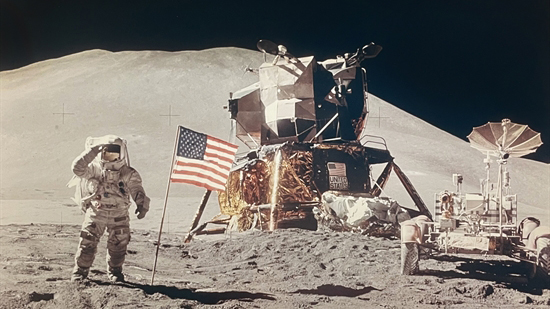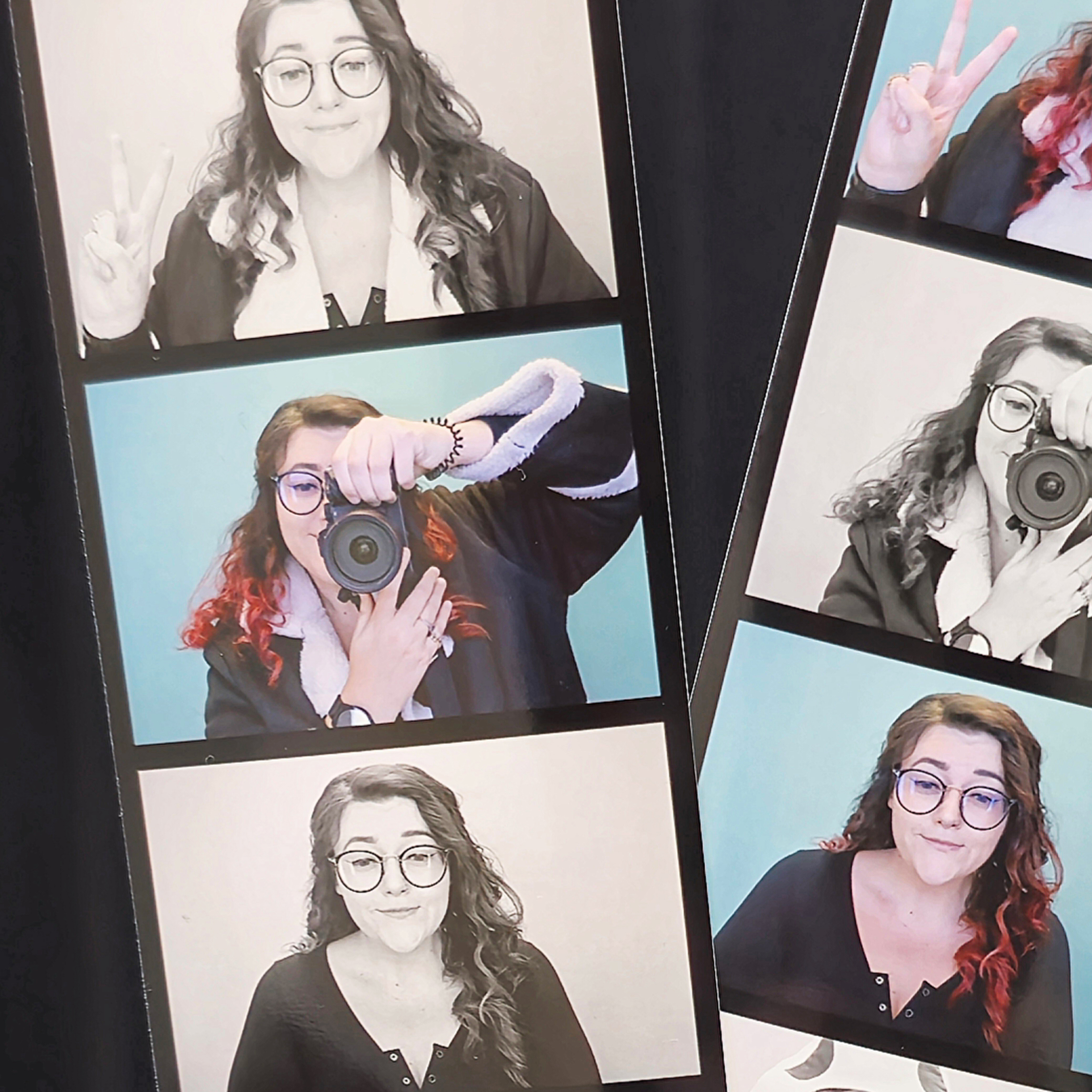Iconic vintage NASA space photographs currently up for auction at artnet
Got a few thousand dollars spare? Why not bid on some vintage photography prints from NASA to impress visitors

NASA photographers during the 1960s captured intricate glimpses of our universe as well as candids of the astronaut teams who explored it. These vintage prints are now up for auction until 12 January, with biddings already as high as $26,000.
The earliest dated images on the auction site collection were captured in 1965, with the latest dated as captured in 1984. The collection is titled 'The Final Frontier: NASA Photographs from the 1960s' and is live now with limited days remaining to bid.
• Read more: Best camera for astrophotography
From heroic images of space-walkers and moon landings, NASA has created some of the most iconic artworks of the 20th century. These images have been printed across magazine covers and newspapers, appeared on television features and even postage stamps – now they could be yours to own!
The Final Frontier collection available now on Artnet Auctions continues to inspire awe and spark curiosity of the secrets that the universe holds. These rare and historical images cement themselves in the foundations of art and science, and even popular conspiracy theories, making expensive home decorations or treasures to pass through the generations to come.
The use of photography was said to be crucial to NASA's mission of reaching space imminently during the political arms and space race against the Soviet Union during the 1960s. NASA supposedly used 70-millimeter film camera technology, equivalent to the size of modern IMAX filming, to produce images of space.
Information courtesy of a news article written by Matthew Parciak, photography associate of Artnet Auctions, details that astronauts themselves advocated to bring cameras with them into space. The weight requirements were an issue debated and cameras were considered unnecessary baggage traveling to and from Earth.
The best camera deals, reviews, product advice, and unmissable photography news, direct to your inbox!
NASA appointed Richard Underwood as chief of photography in the early 1960s, who thoroughly photographed the lunar missions and began teaching other astronaut-turned-photographers how to frame their photographs and set exposures in space.
Once NASA had fully embraced the power of photography, Hasselblad data cameras fitted with a Zeiss lens specifically designed for NASA, became one of the most important assets onboard the significant Lunar and Apollo missions.
Many works from this auction have authentic purple NASA stamps on the reverse side of the image, with a scene description and NASA identification numbers, as well as some of the larger auctioned pieces originally intended for scientific presentational use or political gifts, a rare collection to come across on the market.
Why not grab yourself one of these phenomenal intergalactic keepsakes, holding the weight of the world in historical, political and artistic significance as well as photographic value for years to come.
Read more:
Best lenses for astrophotography
Best telescopes for astrophotography
NASA has brought the Hubble Telescope's Wide Field Camera back to life
Canon supplies lenses for extragalactic photo array

Beth kicked off her journalistic career as a staff writer here at Digital Camera World, but has since moved over to our sister site Creative Bloq, where she covers all things tech, gaming, photography, and 3D printing. With a degree in Music Journalism and a Master's degree in Photography, Beth knows a thing or two about cameras – and you'll most likely find her photographing local gigs under the alias Bethshootsbands. She also dabbles in cosplay photography, bringing comic book fantasies to life, and uses a Canon 5DS and Sony A7III as her go-to setup.


